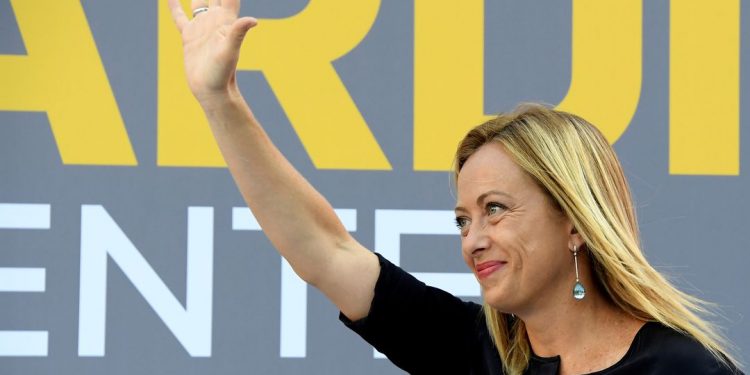Europe is dangerously tilting towards Far-right, hate-filled nationalistic politics making the return of Fascist-Nazi rule in new forms a distinct possibility. After the recent stellar performance of Marine Le Pen’s Right-wing outfit in France and the victory of Giorgia Meloni of Italy to be shortly sworn in as Prime Minister, it is now the turn of sober Sweden to embrace this brand of politics. Similar forces have already emerged to rule in Denmark and Finland. The Sweden Democrats (SD) is the biggest winner in elections held last week, overthrowing the rule of the Social Democratic Party (SDP) and paving the way for the formation of a new alliance of Centre-right and Far-right parties in which it is poised to run the government through back-seat driving.
The SD began as a neo-Nazi group and won a single MP seat in the Riksdag (the Swedish Parliament) only 12 years ago. But, now it has secured over 20 per cent of the votes which shows the meteoric rise of the Far-right anti-immigrant party. According to the arrangements, the Sweden Democrats are not likely to join the government of the Right-wing coalition which has a slim majority in the Swedish parliament, but they will certainly dictate terms to the new government in formulating its policies and programmes according to the basic tenets of its political ideology.
The people’s mandate leaves no one in doubt about the rise of the Far-right thought represented by this party. The coalition of the Centre-right and Far-right parties won 176 seats against 173 bagged by the Centre-left and Greens. Prime Minister Magdalena Andersson announced that she was resigning, but would remain as leader of the Social Democratic Party, which got 30.3 per cent of the votes. Her words, after accepting defeat, clearly explain the predicament of Sweden: “Many Swedes are worried. I see it and I share their concern.” She urged the conservatives, Christian Democrats and Liberals to “take a clear stand against all threats and attempts to incite violence.”
The leader of the moderates Ulf Kristersson, billed to be the next Prime Minister, sought to assuage fears among the liberal segment of the population when he insisted that he wanted to establish “a government for all of Sweden and all of its citizens.” His objective, as he stated during the election campaign, is to “bring together, not divide and respect differences of opinion.” But, this is only rhetoric since the vote share and tally of seats of his party is far less than that of its ally, SD, which will be calling the shots. In fact, his hope to capture power making SD play the second fiddle has proved to be misplaced. For, though the Right-wing won the elections, his party came in third and only got 19.1 per cent of the votes or 68 seats. To form a government, he will have to work not only with the Christian Democrats and the Liberals but also with the Sweden Democrats.
The first words of the firebrand SD leader Jimmie Akesson after the party’s victory are ominous enough, though he has tried to put the extremist elements in his party under a leash. After the win, he declared, “it is time to rebuild security, the welfare state and cohesion, to put Sweden first.” This, as we all know, is the typical language of the Far-right nationalist.
There are also fears that the SD will begin culture wars and pick fights with public service broadcasters over alleged elite bias against it. The moderates among the Right were in a way responsible for the spectacular success of the SD because they tried to deny victory to the latter by appropriating its Far-right rhetoric campaigning in a nuanced way that immigrants do pose a threat to the country’s development. The voters punished them by rallying behind the SD for its open exhortation against the immigrants. Polarisation, in a country admired for its consensual politics, now appears to be a certainty in Sweden.






































